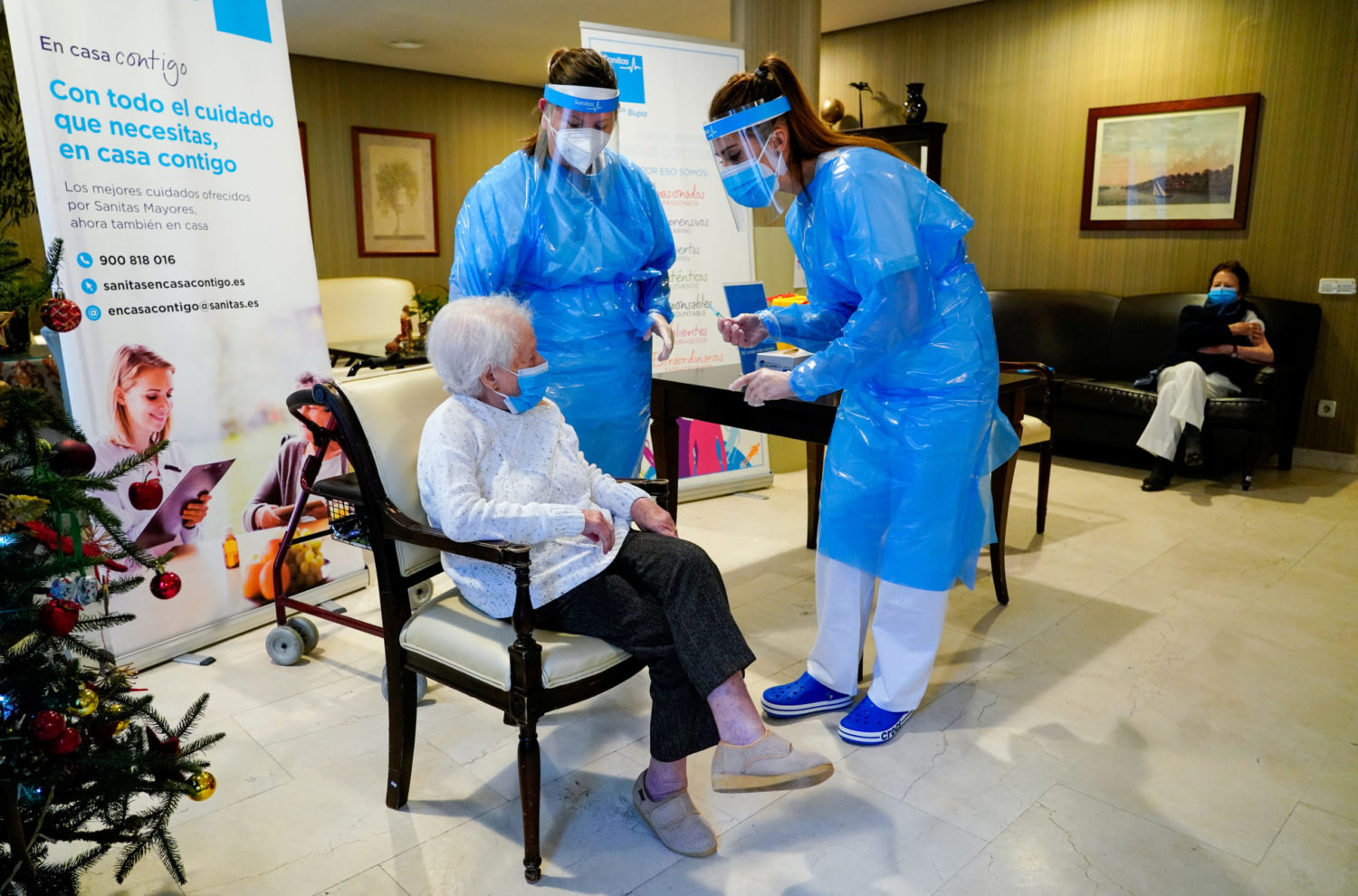
By Nancy Lapid
(Reuters) – The following is a roundup of some of the latest scientific studies on the novel coronavirus and efforts to find treatments and vaccines for COVID-19, the illness caused by the virus.
COVID-19 heart problems may remain evident months later
Signs of heart injury in hospitalized COVID-19 patients could be precursors to longer-lasting heart problems, researchers have found. They studied 148 survivors of severe COVID-19 who had high levels of troponin – a protein released when the heart has been injured – while they were hospitalized. An average of two months after they left the hospital, magnetic resonance imaging (MRI) still showed some sort of heart issue in 48% of the patients, including heart attacks, heart muscle inflammation, inadequate blood flow, or some combination of those problems, the researchers reported on Thursday in the European Heart Journal. Among patients with heart attacks or inadequate cardiac blood flow, two-thirds had no past history of coronary disease. “Ultimately, we cannot definitely establish a link between the abnormalities detected on these cardiovascular magnetic resonance scans and the acute COVID-19 infection,” the authors said. But the high prevalence of the abnormalities “suggests a likely link.” Dr. Matthew Toomey, cardiac ICU director at Mount Sinai Morningside Hospital in New York City who was not involved in the study, noted: “We don’t have the benefit of long-term follow-up to see what it will develop into.” He added that he was guardedly optimistic that most patients will not end up with heart failure.
Samsung smartphone oxygen meters could help in COVID-19
A device in Samsung S9 and S10 smartphones that measures oxygen levels in the blood meets U.S. Food and Drug Administration standards and could be used to monitor COVID-19 patients, researchers said. Oxygen saturation levels are usually monitored with devices called pulse oximeters that clip onto a finger. Falling levels can indicate serious disease and need for intervention. Pulse oximeters used in hospitals are expensive, and inexpensive versions sold in drugstores are of variable accuracy, the researchers said in a report posted on Thursday on medRxiv ahead of peer review. The phones they studied have built-in pulse oximetry sensors, and the proprietary Samsung algorithms that interpret the signals “are very good,” said coauthor Sara Browne of the University of California, San Diego. “We are not aware of any other smartphone that has clinical grade pulse oximetry in it. Samsung did an awesome job on this,” she said. Samsung dropped the sensors from their phones for 2020 and 2021, Browne said. “As healthcare practitioners, we would love to see them put back in,” she added. Her team estimates that over 100 million S9 and S10 phones are still in circulation and said they could be particularly useful in countries where access to accurate pulse oximetry is limited.
PTSD often follows serious COVID-19
Italian doctors who interviewed COVID-19 survivors up to four months after their diagnosis found nearly one in three had post-traumatic stress disorder (PTSD). Their study included 381 adult survivors, roughly 80% of whom had been hospitalized. Aside from PTSD, seen in 30% of study participants, other psychiatric issues included depressive episodes (diagnosed in 17%) and generalized anxiety disorders (7%), according to a report published on Thursday in JAMA Psychiatry. Patients with PTSD were more likely to be female, to have been delirious or agitated while hospitalized, and to be suffering from persistent COVID-19 symptoms. The researchers point out that they only studied patients from a single hospital and did not compare them to patients with other serious illnesses, so they cannot say whether PTSD is more common after COVID-19. They note, however, that the prevalence of PTSD in their patients “is in line with findings … reported after other types of collective traumatic events.”
(Reporting by Nancy Lapid and Linda Carroll; Editing by Bill Berkrot)











